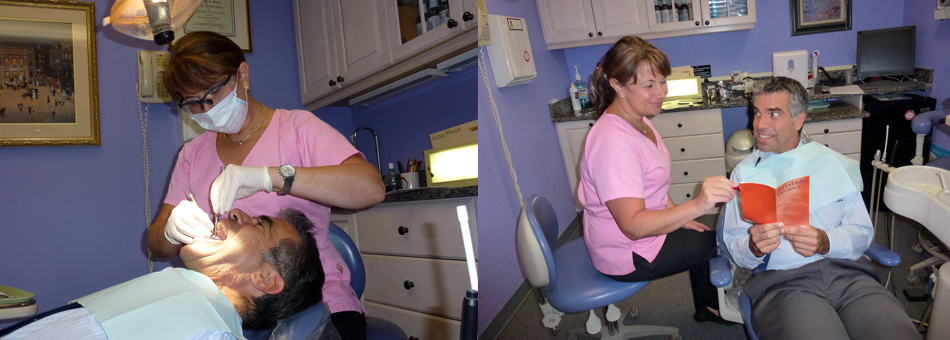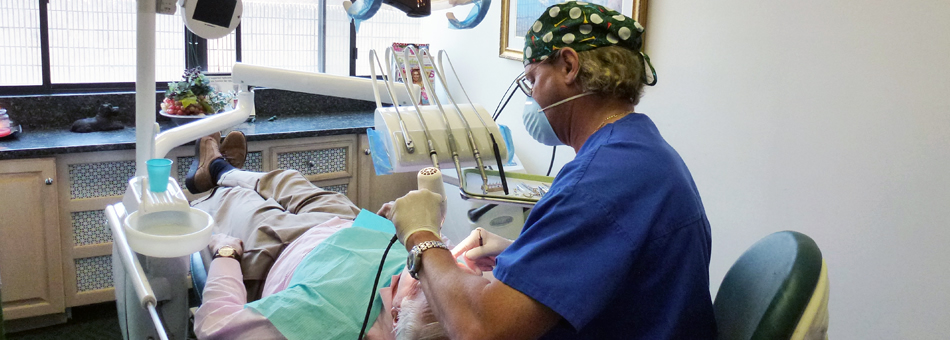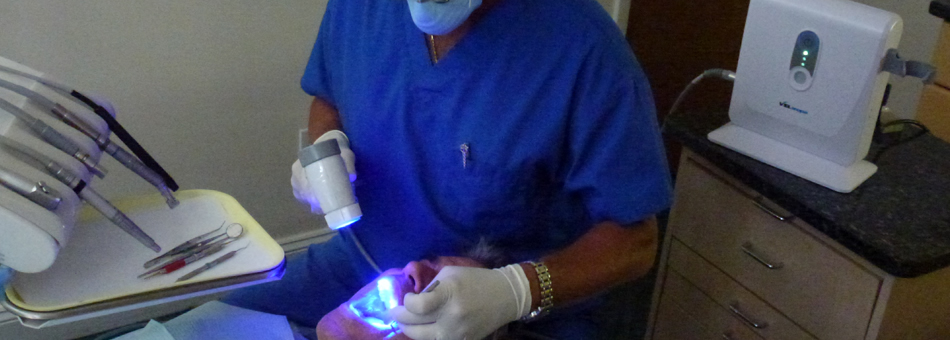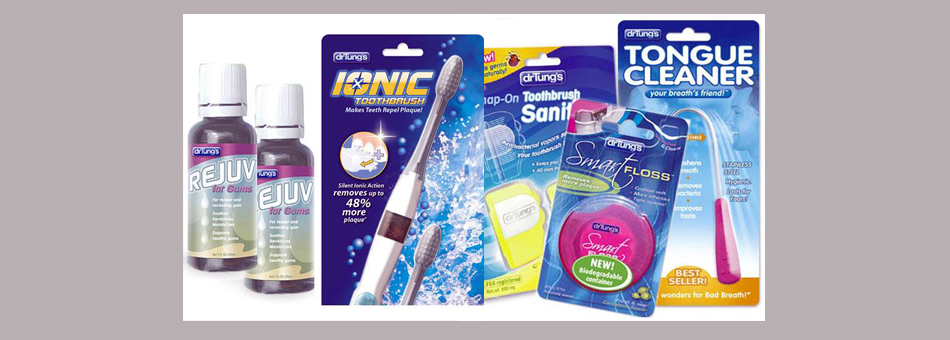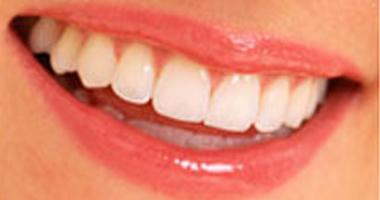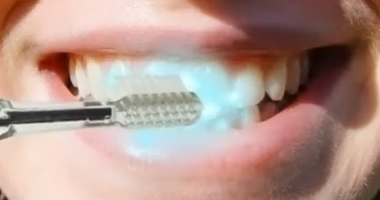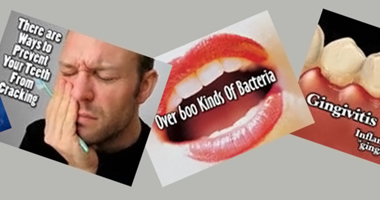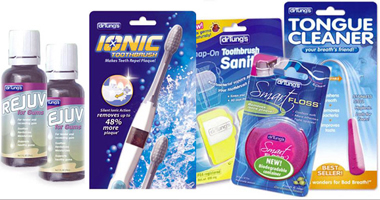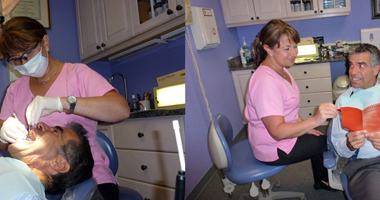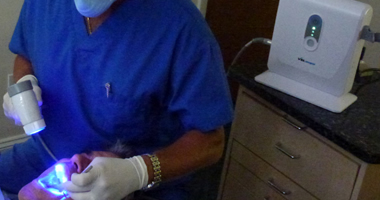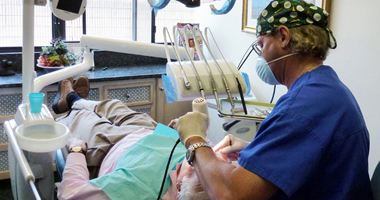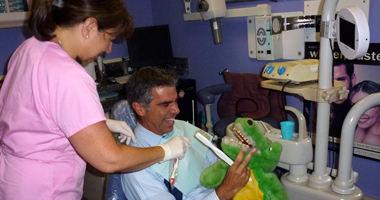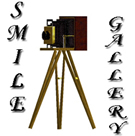Bruxism White Paper
(page 9)
1 | 2 | 3 | 4 | 5 | 6 | 7 | 8 | 9 | 10 | 11 | 12 | 13
Bruxism as a Side Effect of Drugs and Medications. In some cases, bruxism may be traceable to drugs. Smoking (Madrid et al., 1998) and alcohol (Hartmann, 1994) may cause, or at least exacerbate, the condition. Antidepressant and antipsychotic medications may trigger bruxism in non-bruxers (reviewed in Brown & Hong, 1999; Gerber & Lynd, 1998). For example, within a few days of initiating velafaxine therapy for depression, a man with a bipolar disorder developed bruxism. In another study (Ellison & Stanziani, 1993), daily intake of the antidepressants fluoxetine (=prozac) or sertraline triggered sleep bruxism in four non-bruxers.
The effect of anti-depressants is still uncertain (Stein, Van Greunen, & Niehaus, 1998). Still, clinicians and bruxers should bear in mind the risk that drugs or medications may induce or exacerbate bruxism.
Recommendation: Clinicians should routinely inquire about their patients' habits of consuming tobacco, alcohol, and antidepressants. Cutting down on smoking or drinking may help in some cases to reduce bruxing. If bruxism developed shortly after the beginning of antidepressant therapy, the prescribing clinician should be notified and consulted about the desirability of reducing the dose of the antidepressant, switching to another antidepressant, or prescribing a drug which will counteract the bruxism-inducing effect of the antidepressant. Thus, the effects of venlafaxine may be counteracted with gabapentin; while the effects of fluoxetine and sertraline may be neutralized with buspirone.
Sleep Feedback: Human Alarms. One long-term experiment (Watson, 1993) involved a 28-year-old man with a six-month history of sleep grinding and a 24-year-old woman with a three-month history of sleep grinding. The treatment only involved the first two hours of sleep and consisted of the following sequence:
- Baseline: during the first few nights, the spouses of both grinders were instructed to merely record grinding noises.
- Waking: For the next few nights, they woke their bruxing spouses when grinding noises were heard.
- Baseline.
- Waking.
- Baseline.
- Waking plus overcorrection (an enforced wakeful period—performing a series of meaningless activities, e.g., face washing for ten minutes before going back to sleep).
- Baseline.
- Follow-up recordings taken at intervals of up to 18 months post-treatment.
In both individuals, almost complete cessation of grinding occurred.
In a similar study (Blount, Drabman, Wilson, and Stewart, 1982), ice was applied to the cheeks of two profoundly retarded wakeful grinders when they were heard bruxing, leading to significant long-term reductions in the incidence of bruxism.
Along with the magnesium therapy discussed below, such little-used behavioral approaches deserve further study. Yet, even if these approaches are shown to be effective in a large-scale study, they suffer from obvious shortcomings. They are inapplicable to clenchers. Moreover, the four individuals in these two studies may have simply learned to grind inaudibly, clench, or shift grinding behavior to periods when feedback was unavailable. Such approaches depend on the presence of another individual nearby, and on the willingness of that individual to be attentive and provide the needed feedback over a period of many months.
Recommendation: If you are a grinder (and not a silent clencher), if you don't sleep alone, and if your sleep partner is willing and able to provide the needed feedback, you may wish to try this approach for a while. If it works, your problem is fairly painlessly solved.


